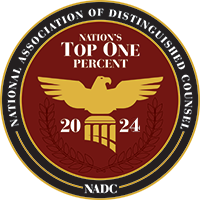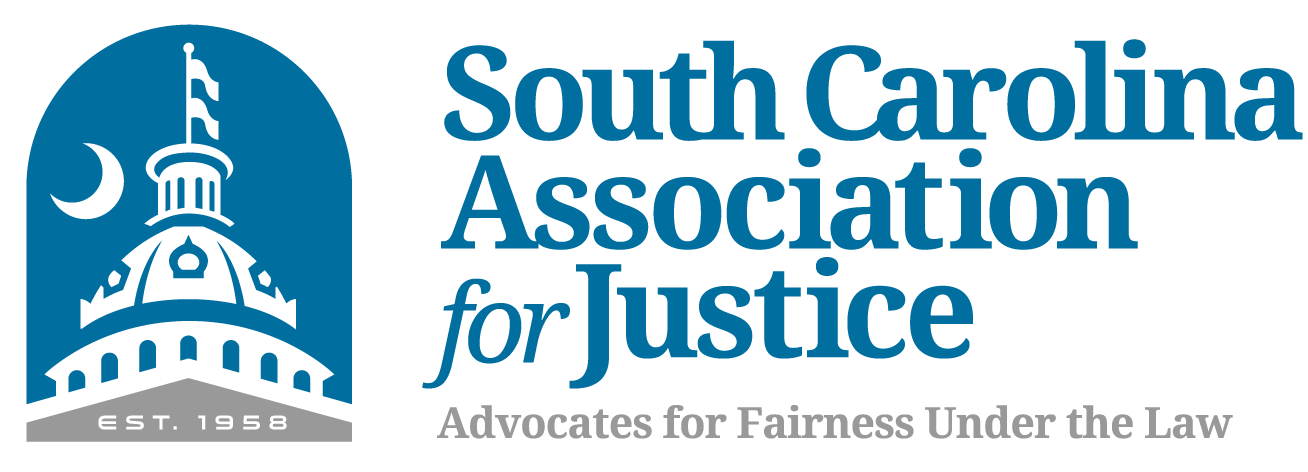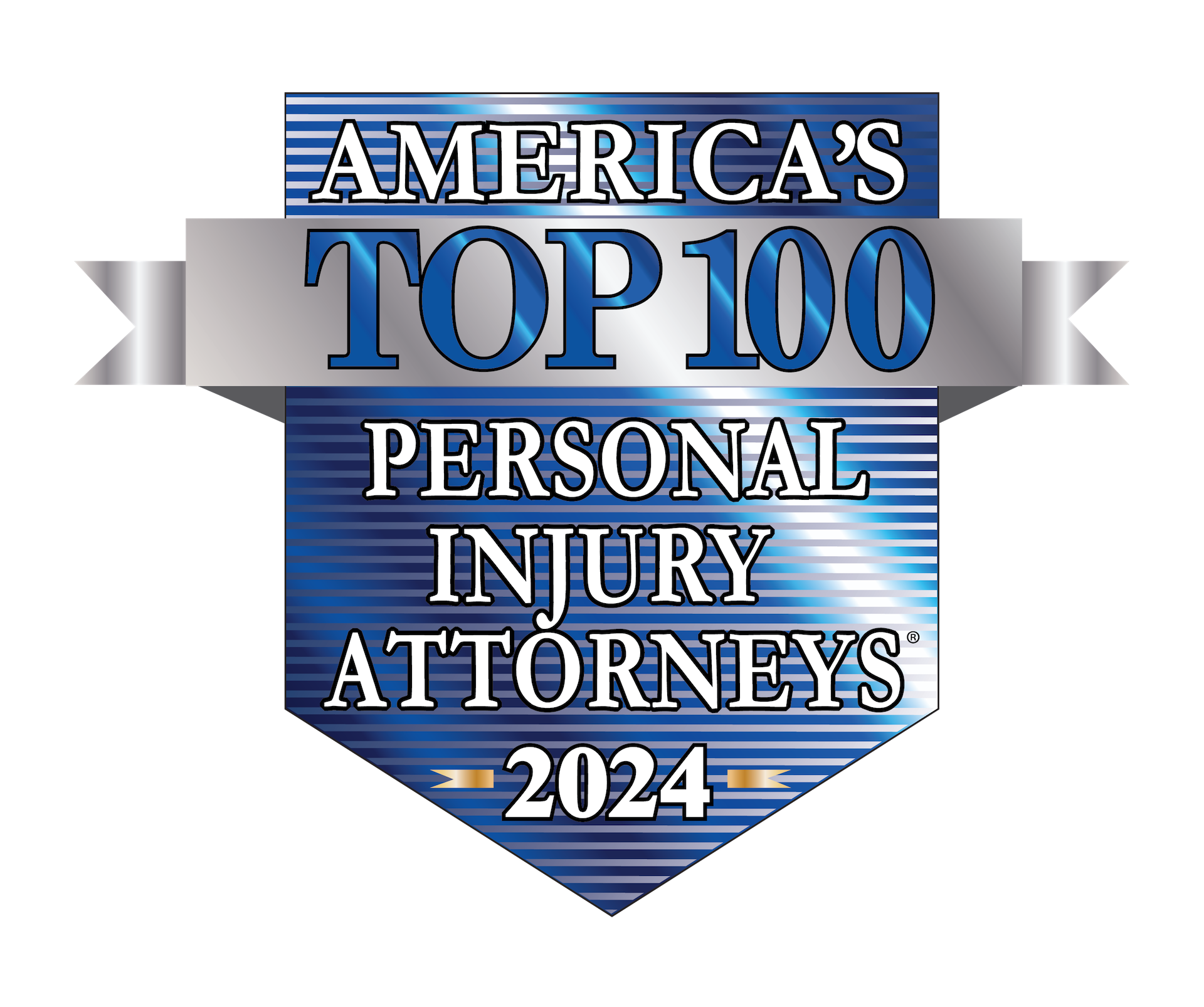Would you know how to file a wrongful death lawsuit? Filing a wrongful death lawsuit can be a complex and emotional process. By understanding how to file, who can file, what damages are available, and the time limits involved, you can better navigate this difficult time and seek the justice your loved one deserves.
Wrongful death is one “caused by the wrongful act, neglect, or default of another?” (South Carolina Code of Laws, Title 15, chapter 51, Article 1, Section 15-51-10) You may be entitled to file a wrongful death lawsuit against them, which may allow you to collect monetary damages due to your loved one’s untimely death.
Two things must be proven by family members in order to file a wrongful death lawsuit:
- That the death was caused by another person’s wrongful act, neglect or default; and not by the decedent’s own actions.
- That the surviving family members are directly impacted financially and emotionally due to the death.
Who Can File a Wrongful Death Lawsuit in South Carolina?
Not just anyone can file a wrongful death lawsuit. South Carolina law states that the personal representative of the deceased person’s estate is the one who must file the lawsuit. This representative is often a close family member, such as a spouse, child, or parent. If there is no estate plan to name the personal representative, or that person does not wish to serve, or cannot serve, the court can name a personal representative.
The personal representative brings the claim to court on behalf of the deceased person’s family members. These family members can include:
- Surviving spouse and children
- Surviving parents, if there is no spouse or child
- The heirs at law, if no living spouse, child or parents
Damages Awarded in a Successful Wrongful Death Claim:
When a wrongful death lawsuit is successful, the court may award damages to the family of the deceased. The amount awarded will depend on the specifics of the case, such as the circumstances of the death and the financial needs of the surviving family members.
- Funeral and burial expenses
- Medical bills and other expenses related to the decedent’s final illness or injury
- Lost wages and benefits
- Property damages and other financial losses related to the death
- Loss of the deceased person’s experience, knowledge, and judgment
- Loss of the deceased person’s care, companionship, and protection, and
- Pain, suffering, and mental anguish suffered by the surviving family members
- The court may award exemplary damages (punitive damages) if the conduct that caused the death was reckless or deliberate
Wrongful Death Compensation
Compensation in a wrongful death case is meant to help the surviving family members cope with the financial impact of their loss. This can include compensation for the loss of companionship, emotional distress, and even punitive damages if the defendant’s actions were especially reckless or intentional. It’s important to note that compensation will vary depending on the unique details of each case.
Wrongful Death Statute of Limitations
It’s crucial to be aware of the statute of limitations when filing a wrongful death lawsuit.
In South Carolina, the statute of limitations (legal time limit) to file a wrongful death suit is usually two or three years from the date of the deceased person’s death, depending on what type of facility treated your loved one. A claim that is filed after the two- or three-year period will typically not be heard by the court. In this case, you would lose your right to seek compensation. However, there are some exceptions to this rule, so it’s important to consult with an attorney as soon as possible to ensure you meet all legal deadlines.
Losing a loved one is never easy, especially when their death was caused by someone else’s negligence. Filing a wrongful death lawsuit can help you seek justice and compensation for your loss.
Contact the Law Offices of David L. Hood for a Free Wrongful Death Consultation
If someone you care about has died due to someone else’s negligence, schedule a free consultation by calling your lawyer for wrongful death, David L. Hood at (843) 491-6025 or filling out our brief online contact form.
]We know how difficult it can be to deal with the immediate and long-term effects of a wrongful death. At The Law Offices of David L. Hood, we work hard to make things simple for you. After a free case evaluation, if we believe we can help you and your family, wrongful death accident lawyer David L. Hood, co-counsel, and our team of experts will vigorously pursue your case to get you the best result we can achieve. We can provide answers on how to file a wrongful death lawsuit and walk you through the process. Let us put our years of experience to work for you!
*Clients are not liable for any expenses, unless there is a recovery in their case; however, if there is a recovery in their case, clients will be liable for expenses. Attorney’s fees are based on a percentage of the recovery, which will be computed before deducting expenses.





